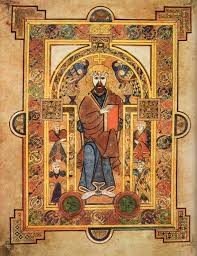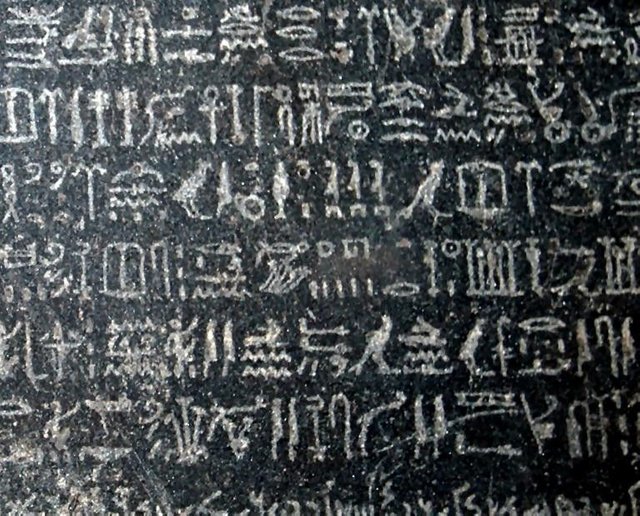Challenge30: Cipher Decryption
In Helsinki for a family visit and struggling to post using a Samsung Tab 2
Ciphers are the foundation of our language. From cave paintings to,
"The Book of Kells."

Image Courtesy of Book of Kells
Google has been working on its AI translator and believe it may have developed its own internal language, to help it translate without the use of English.
This is powerful stuff and could be the start of a deeper understanding, of what we mean by a language.
So it is possible AI machines can help us translate the mystery of the Indus.
Read On:
In 1872 a British general named Alexander Cunningham, excavating an area in what was then British-controlled northern India, came across something peculiar. Buried in some ruins, he uncovered a small, one inch by one inch square piece of what he described as smooth, black, unpolished stone engraved with strange symbols — lines, interlocking ovals, something resembling a fish — and what looked like a bull etched underneath. The general, not recognizing the symbols and finding the bull to be unlike other Indian animals, assumed the artifact wasn’t Indian at all but some misplaced foreign token. The stone, along with similar ones found over the next few years, ended up in the British Museum. In the 1920s many more of these artifacts, by then known as seals, were found and identified as evidence of a 4,000-year-old culture now known as the Indus Valley Civilization, the oldest known Indian civilization to date.
Since then, thousands more of these tiny seals have been uncovered. Most of them feature one line of symbols at the top with a picture, usually of an animal, carved below. The animals pictured include bulls, rhinoceros, elephants, and puzzlingly, unicorns. They’ve been found in a swath of territory that covers present-day India and Pakistan and along trade routes, with seals being found as far as present-day Iraq. And the symbols, which range from geometric designs to representations of fish or jars, have also been found on signs, tablets, copper plates, tools, and pottery.
Though we now have thousands of examples of these symbols, we have very little idea what they mean. Over a century after Cunningham’s discovery, the seals remain undeciphered, their messages lost to us. Are they the letters of an ancient language? Or are they just religious, familial, or political symbols? Those hotly contested questions have sparked infighting among scholars and exacerbated cultural rivalries over who can claim the script as their heritage. But new work from researchers using sophisticated algorithms, machine learning, and even cognitive science are finally helping push us to the edge of cracking the Indus script.
Read the Whole Article:
http://www.theverge.com/2017/1/25/14371450/indus-valley-civilization-ancient-seals-symbols-language-algorithms-ai
Challenge 30 is a 30 day writing challenge issued by @dragosroua to write and post every day in January.

